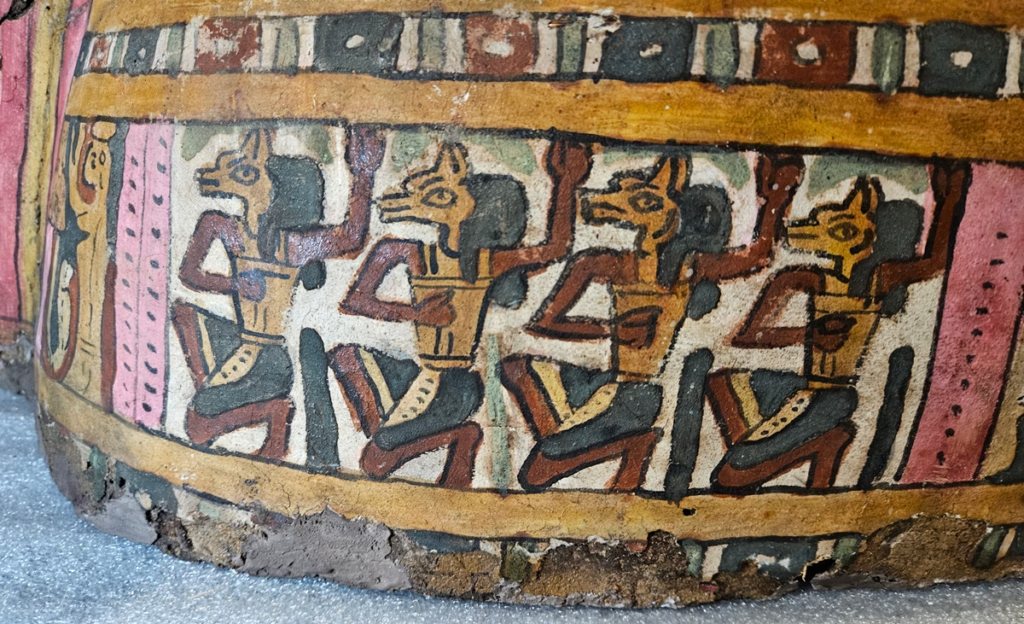In a groundbreaking study, researchers from Washington State University have recreated “Egyptian Blue,” the world’s oldest synthetic pigment once used by ancient Egyptians. The discovery sheds light on ancient technology and opens new doors for modern scientific applications.
Ancient Egyptian Blue Brought Back to Life with Modern Science
A research team led by Washington State University (WSU) has successfully reproduced “Egyptian Blue,” a vibrant pigment used in ancient Egypt around 5,000 years ago. This pigment, considered the world’s first synthetic color, has now been recreated using modern materials and analytical methods.
Published in the prestigious journal NPJ Heritage Science, the study was conducted in collaboration with the Carnegie Museum of Natural History and the Smithsonian’s Museum Conservation Institute. The researchers believe the project not only offers vital insights into ancient craftsmanship but also reveals the pigment’s potential for advanced technological applications.

12 Unique Recipes, Modern Tools
To uncover the ancient method of producing Egyptian Blue, the team developed 12 different recipes using materials such as silicon dioxide, copper, calcium, and sodium carbonate. These mixtures were heated at approximately 1,000°C for durations ranging from 1 to 11 hours—conditions similar to what ancient artisans might have used.
After cooling the samples at various rates, the pigments were analyzed with modern microscopy and comparison tools, including direct comparisons with original ancient artifacts. The study revealed that the highest quality blue tones could be achieved with just 50% of blue-producing components—a surprising result that challenges previous assumptions.

A Pigment with Modern Potential
Egyptian Blue isn’t just a historical curiosity—it emits light in the near-infrared spectrum, invisible to the naked eye. This property makes it promising for use in high-tech fields such as anti-counterfeit ink, biometric fingerprint detection, and possibly even in the development of high-temperature superconductors.
Where Ancient Art Meets Modern Innovation
“This research is a great example of how science can help us understand the hidden stories of our human past,” said Professor John McCloy, lead author of the study and Director of WSU’s School of Mechanical and Materials Engineering. “It started out as a fun museum project but quickly turned into something much bigger, with scientific, historical, and technological relevance.”

Now on Display
The recreated pigment samples are currently featured at the Carnegie Museum of Natural History in Pittsburgh, Pennsylvania, as part of the museum’s upcoming permanent exhibition on ancient Egypt.
Cover Image Credit: An ancient wooden Egyptian falcon. Inset: A powder developed by WSU for research into Egyptian blue. (Composite featuring photos by Matt Unger and Joshua Franzos, Carnegie Museum of Natural History)
John S. McCloy et al, Assessment of process variability and color in synthesized and ancient Egyptian blue pigments, npj Heritage Science (2025). DOI: 10.1038/s40494-025-01699-7





